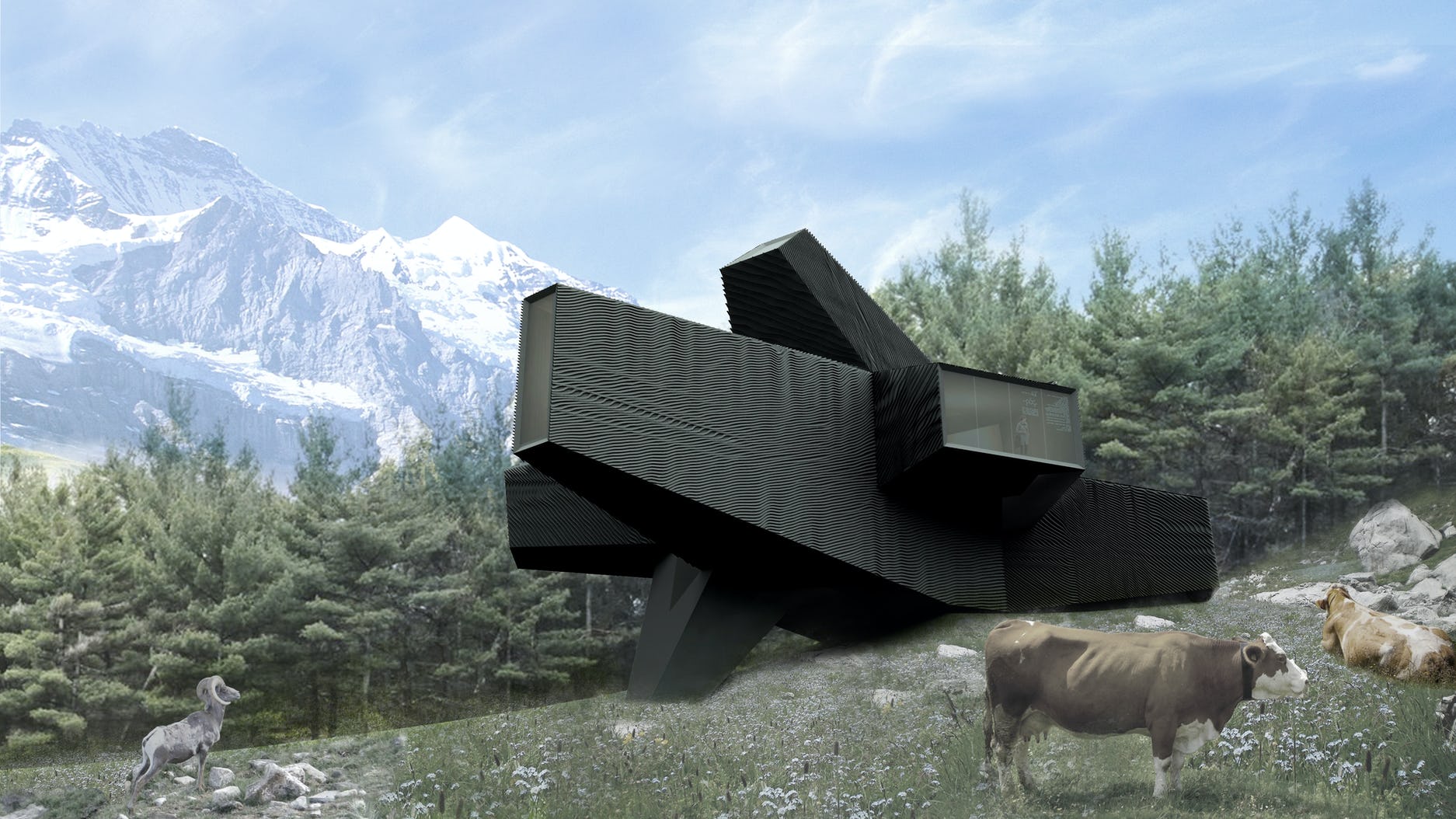By Julie Halpert
Kathy Velikov views architecture as a tool for fostering inclusion and a diverse range of voices. Velikov, an associate professor of architecture, has spent much of her career focused on increasing diversity in her field. As the current president of the Association for Computer Aided Design in Architecture (ACADIA), she has made attracting women to the organization a priority and views herself in a position to begin implementing change. “I advocate for diversity across its spectra of voices — gender, gender identity, racial, cultural, economic — as I believe that this makes for a more vital and vibrant design culture, community, and profession,” she says. Being a white cis female and an immigrant born in Bulgaria has shaped her identity “through specific forms of privilege, as well as discrimination.”
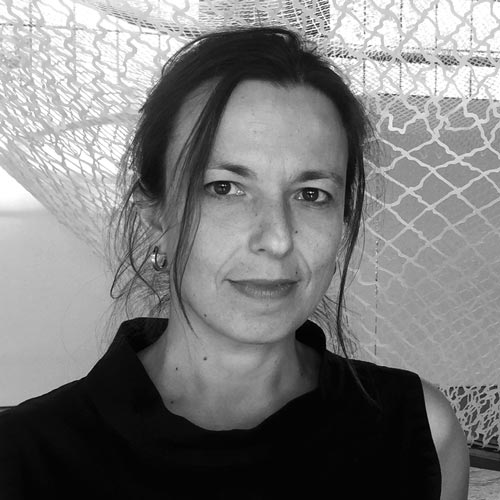
Velikov, who was raised in Canada, has won numerous accolades, including the Architectural League Prize for young architects and the Canadian Professional Prix de Rome in Architecture.
She started a private research-based practice called RVTR in Toronto in 2007 with three partners, including Geoffrey Thün, the associate dean for research and creative practice at Taubman College, who is her life partner as well. They specialize in using computational and materials technologies, experimenting with architectural materials and surfaces to respond to the environment and work on urban and territorial design and analysis. She and Thün now operate RVTR as a design research group within Taubman College.
Velikov first came to the University of Michigan as an Oberdick Fellow in the 2006–2007 academic year, then returned as a full-time faculty member in 2009. Since RVTR was conceived of as a platform to pursue design research, teaching seemed to align with these aspirations. “It was incredibly enriching for me to be in the midst of vibrant intellectual conversation,” she says, adding that she’s “constantly inspired by the students” and the way that they see the world.
One of Velikov and Thün’s recent projects, along with Associate Professor Lars Junghans, is “Latitudo Borealis,” a hyper-local cold-climate wall assembly that combines new passive opaque building envelope technologies to heat a building during winter, with exterior shading to mitigate overheating during summer. The research encompasses the physical testing and optimization of high-performance envelope assemblies, the use of computational evolutionary algorithms in the design of highly tuned climate-informed shading configurations, and new tools and processes for precise robotic heat bending of wood. A paper about the project earned 2020 honors from the Association of Collegiate Schools of Architecture.
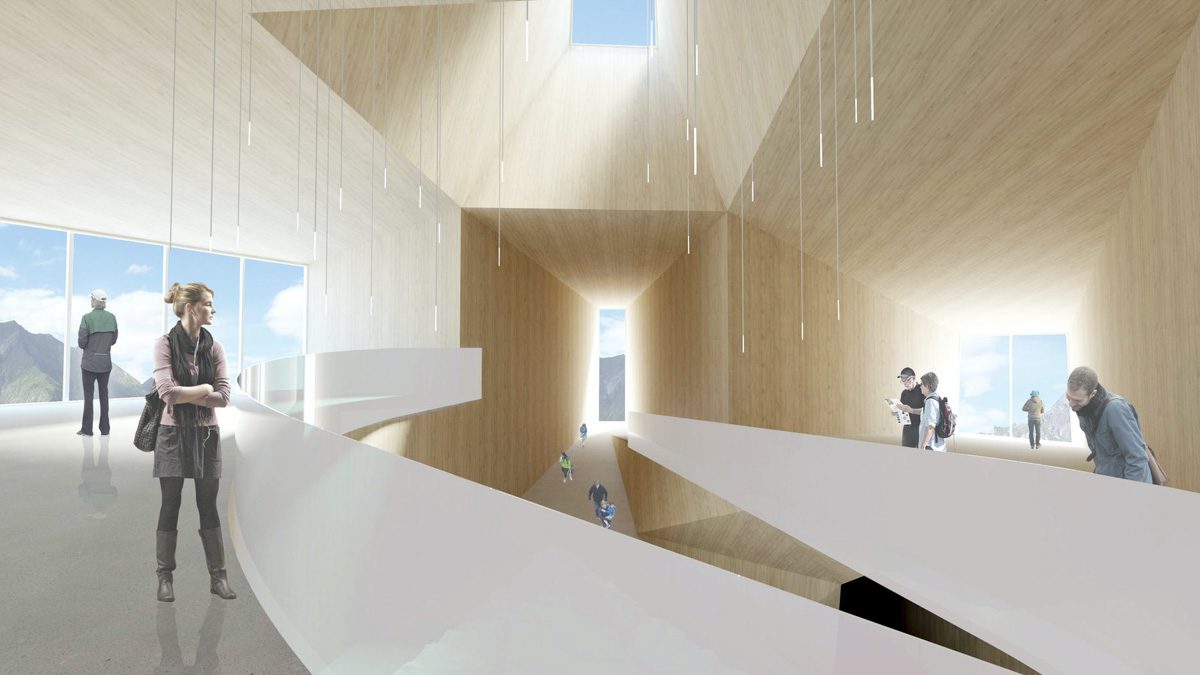
Interior view of “Latitudo Borealis.”
Velikov was introduced to ACADIA by colleagues in computational design. Since attending her first conference in 2011, she’s returned every year. She co-chaired the conference when the University of Michigan hosted it in 2016 and began serving on its board of directors that year. She took the helm as president in January 2018 and was re-elected twice.
She has spent much of her time focusing on attracting more women to the typically white male-dominated field of computational design — something she’s seen first-hand. Though the makeup of her architecture school was 50 percent women, she began to see the gender inequities once she entered professional practice and even more so within specialization in computational design and technology. She was the only woman running for ACADIA’s board in 2015, while only 25 percent of conference attendees were women from 2012 to 2015.
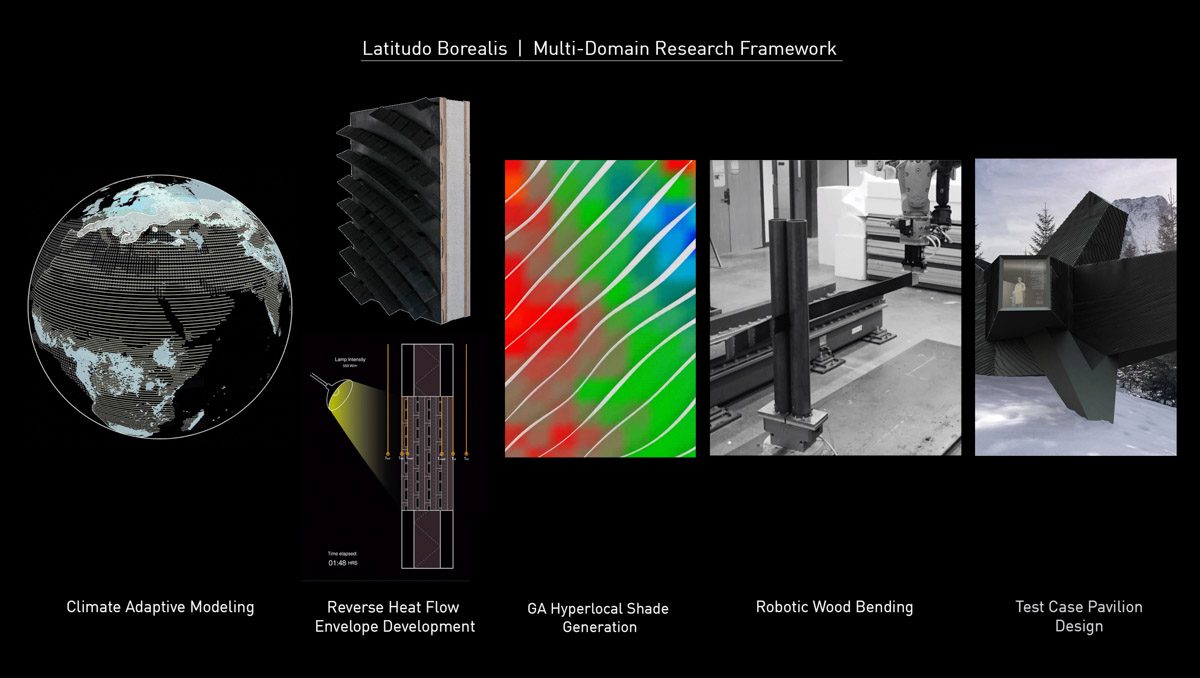
A composite image for “Latitudo Borealis” that summarizes the multi-domain research framework.
Interested in establishing a climate that would discourage discrimination and harassment, one of her first moves was to develop codes of ethics and conduct to establish expectations for increasing inclusive and welcoming behavior in interactions in the organization. The goal, she says, was to create an infrastructure that supported systemic change.
Velikov is particularly concerned by what she sees as “incredible inequity encoded within our systems,” adding, “I think that the computational design community needs to start to look at that a lot more seriously.” She used the 2020 virtual ACADIA conference in October as an opportunity to radically change the format, bringing voices into architectural discourse that have not been incorporated in discussions, those slightly outside the field of computational design.
The conference focused on projects that demonstrate resilience in the computational design community in the face of crisis. Discussions encompassed the relationships between ecology and ethics, data and bias, automation and agency, culture and access, labor and practice, and speculation and critique. Instead of the traditional keynote speeches, there were conversations among multiple speakers; 18 of the 21 speakers were women.
“I advocate for diversity across its spectra of voices — gender, gender identity, racial, cultural, economic — as I believe that this makes for a more vital and vibrant design culture, community, and profession.”
— Associate Professor Kathy Velikov
Beyond considering equity in the programming, Velikov also worked to assure more equal access among participants. ACADIA worked with its longtime sponsor, Autodesk, to enable free registration for all students globally, as well as grants to enable the participation of under-represented students and faculty in the tech space workshops, in partnership with NOMA (the National Organization of Minority Architects). Velikov also partnered with schools of architecture in Mexico to provide student grants for the workshops. More than 850 students registered globally, many of whom have not been able to attend ACADIA conferences previously. Though a virtual conference means a loss of in-person interaction, it enabled “much more accessibility to a much wider and much more diverse global constituency,” she says. “We’re very excited about that.”
Her goal is to have women and people of color in positions where they influence topics, goals, and directions of the organization. “I think we won’t be able to tell how this might make durable change and tilt the needle for a few years,” she says. But she believes that this year’s conference “is going to be a powerful catalyst.” Diversity is important for the field of architecture’s sustainability, she says. “It’s essential that these things are not decided by a select few” and that there are more voices and perspectives. She’ll be stepping down from the president post this year, assuming the role of vice president, and is grateful to mark the end of her tenure with the conference. “It’s a really important initiative that I think will be quite significant for the future of ACADIA and hopefully for the larger discipline of architecture.”
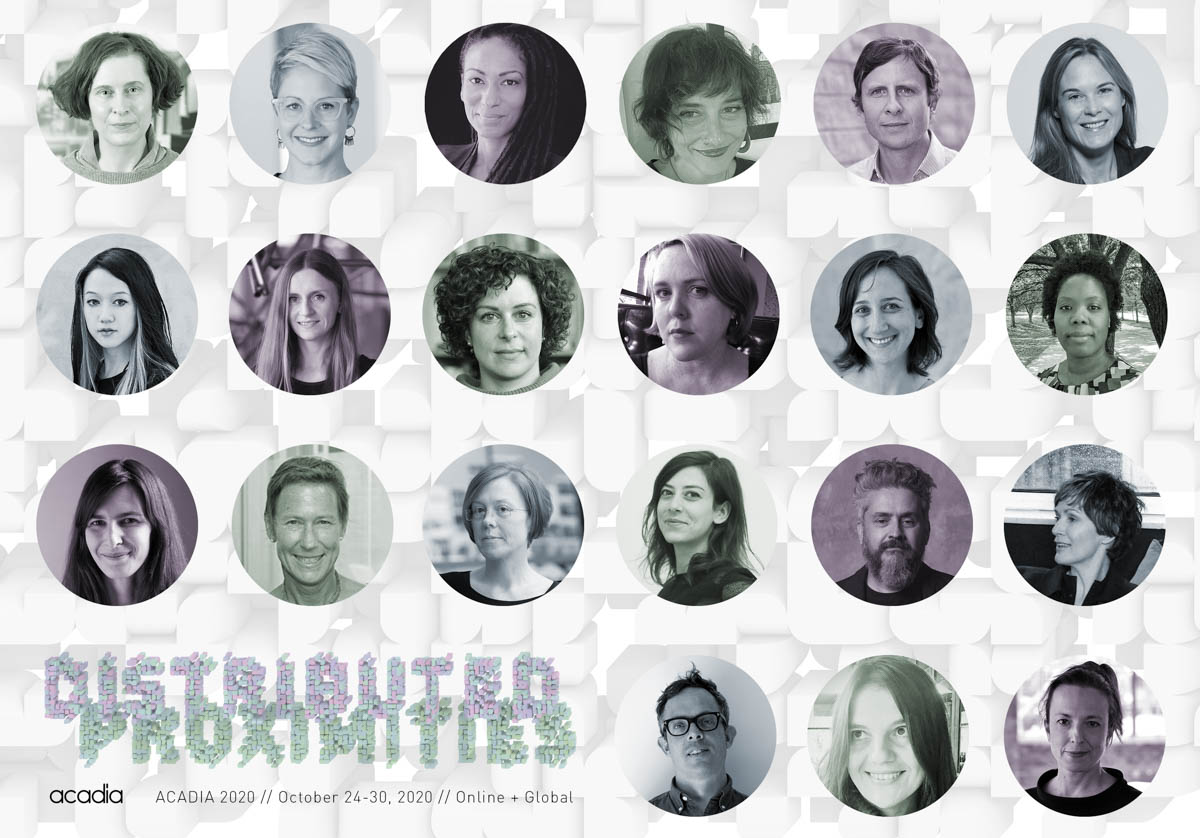
A composite of 2020 ACADIA keynotes illustrates the predominance of female speakers.
Velikov has brought her inclusion initiatives to Taubman College, as well. For the past two years, she’s been chair of the Studio Innovation Task Force, which is looking at ways to make the design studio more accessible and more equitable. With a colleague in the Department of Sociology, she recently won a grant from the university’s new Arts Initiative. Their project, called “Envisioning Real Utopias,” will involve a series of charrettes to facilitate discussions with faculty and students collaborating to design for the problem of inequality in wealth and housing.
Even though her ACADIA presidency is ending, she plans to continue advocating and pushing for equity and inclusion in her field. “I feel like my work is only just beginning,” she says.

